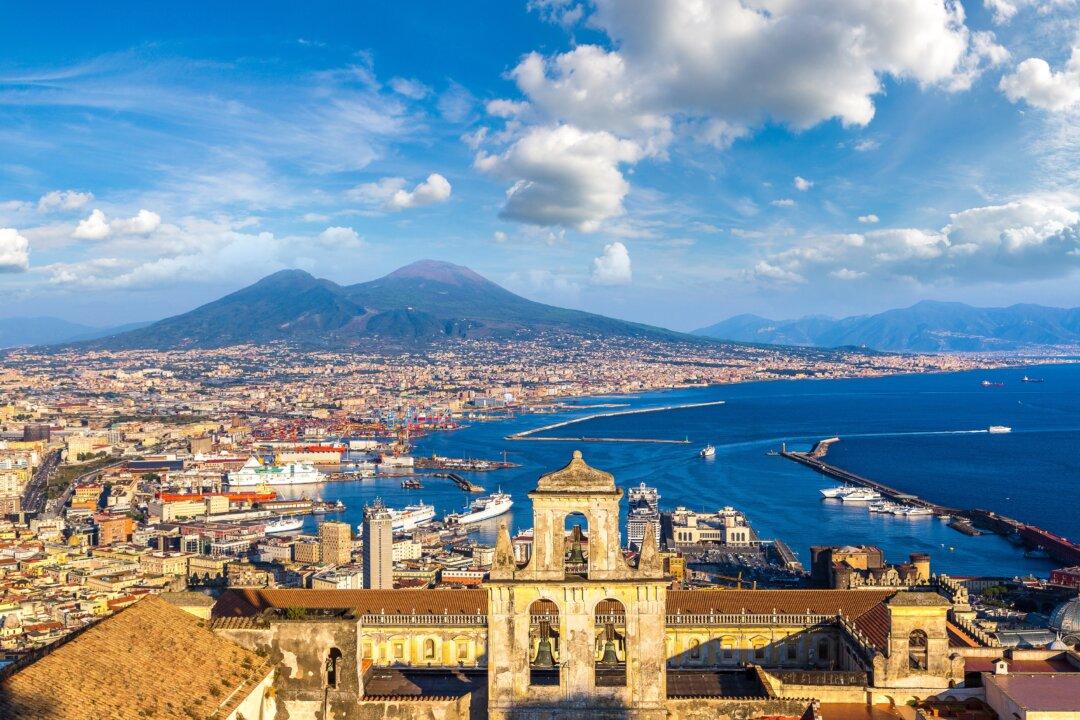Overlooking the sparkling sea and overshadowed by Mount Vesuvius, the Italian city of Naples is a popular and evocative setting in popular culture.
HBO’s acclaimed TV adaptation of Elena Ferrante’s best-selling Neapolitan novels returned to UK screens for its second series this summer. Its popularity follows that of Sky Atlantic’s “Gomorrah.” This series, also set in Naples, is inspired by author Roberto Saviano’s exposé of the local criminal organization, the Camorra.

